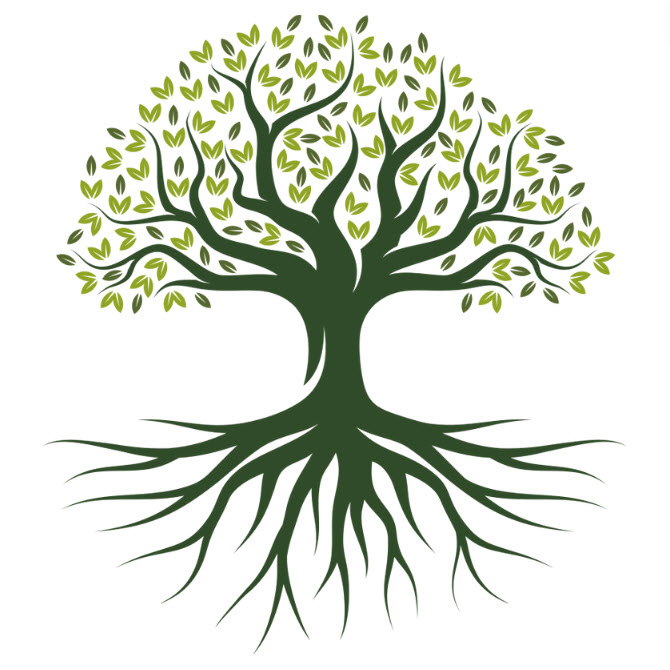Residential vs Commercial
Trees are an essential component of both residential and commercial properties, contributing to the beauty, environmental health, and overall value of the land. However, to maintain their health and safety, trees require regular care from professionals. Tree services cater to the specific needs of both residential and commercial properties, offering everything from routine maintenance to emergency tree removal. This article explores the critical aspects of tree services for both residential and commercial settings.
Residential Tree Service
Residential tree service is designed to meet the needs of homeowners who want to preserve the health and appearance of their trees. The primary services offered under residential tree care include:
- Tree Pruning and Trimming: Regular pruning and trimming are essential for maintaining the structural integrity and aesthetic appeal of trees. Pruning removes dead or diseased branches, which helps prevent the spread of disease and supports healthy growth. Trimming focuses on shaping the tree and removing overgrown branches that could pose a risk to property.
- Health Assessments: Arborists can evaluate the health of your trees, identifying any signs of disease, pest infestation, or structural problems. Early detection and treatment are key to preventing the loss of a tree.
- Emergency Services: After storms or high winds, trees can become hazardous if they are damaged or knocked down. Emergency tree services are critical in these situations, ensuring that any immediate dangers are addressed and that further damage to your property is prevented.
- Tree Planting and Transplanting: Proper tree planting is crucial for the long-term health of trees. Arborists can recommend the best species for your location and ensure they are planted correctly. Transplanting services are also available for moving trees to a new location without damaging them.
Residential Tree Removal
There are times when tree removal is necessary, even though it is often considered a last resort. Residential tree removal may be required for several reasons, such as:
- Safety Concerns: If a tree is diseased, dead, or structurally unsound, it can pose a significant safety risk, especially if it is close to a home or other structures. Professional tree removal ensures that the tree is safely taken down, reducing the risk of injury or property damage.
- Environmental Considerations: When removing a tree, it’s important to consider the environmental impact. Arborists can assess whether removal is the best option or if alternative methods like pruning or cabling might save the tree. If removal is necessary, they can often repurpose the wood or plant a new tree in its place.
- Legal Requirements: Many areas require permits for tree removal, particularly for certain species or larger trees. Professional tree services can handle the permitting process and ensure that the removal is conducted in compliance with local regulations.
Commercial Tree Service
For businesses, tree services are not just about aesthetics—they are also about safety and liability management. Commercial tree service involves maintaining the health and appearance of trees on larger properties, such as office parks, shopping centers, and public spaces. Key services include:
- Routine Maintenance: Regular pruning and trimming keep commercial properties looking well-maintained and attractive. Healthy, well-kept trees contribute to a positive image for businesses, which can attract more customers and improve employee satisfaction.
- Safety Inspections: Regular inspections are crucial for identifying potential hazards, such as dead or overgrown branches that could fall and cause injury or damage. Proactive tree maintenance helps prevent accidents and reduces liability for property owners.
- Tree Management Plans: Large commercial properties often require a comprehensive approach to tree care. Arborists can develop a tree management plan that includes an inventory of trees, regular maintenance schedules, and budgeting for future care.
- Storm Preparedness: Commercial properties are not immune to the effects of severe weather. Storm preparedness services help identify and mitigate risks before storms hit, reducing the likelihood of significant damage. After a storm, emergency services are available to remove debris and ensure the safety of the property.
Commercial Tree Removal
Commercial tree removal is a more complex process due to the larger scale and the potential impact on business operations. Factors to consider include:
- Logistics and Planning: Removing trees from a commercial property often requires careful planning and coordination to minimize disruptions. This may involve scheduling the work outside of business hours and coordinating with other contractors or property managers.
- Equipment and Expertise: Large-scale tree removal often requires specialized equipment, such as cranes and bucket trucks, as well as highly skilled workers. Professional tree service companies are equipped to handle these tasks safely and efficiently.
- Site Cleanup: After tree removal, the site must be cleaned up to ensure it remains functional and aesthetically pleasing. This may include stump grinding, soil replacement, and replanting. Commercial tree service providers offer comprehensive site restoration services.
- Regulatory Compliance: Commercial properties are subject to a range of regulations regarding tree removal, particularly in urban areas. Arborists can ensure that all legal requirements are met and that the removal is carried out in accordance with local laws.
Selecting a Tree Service Provider
Choosing the right tree service provider is essential for both residential and commercial properties. Consider the following when making your selection:
- Credentials and Certification: Ensure that the provider employs certified arborists with experience in both residential and commercial tree care. Certifications from recognized bodies, such as the International Society of Arboriculture (ISA), indicate a commitment to professional standards.
- Insurance Coverage: Confirm that the provider has adequate insurance, including liability and workers’ compensation. This protects you from any potential liabilities that could arise from accidents during the service.
- Reputation: Look for a tree service provider with a solid reputation. Reading online reviews and asking for references can give you a good idea of the quality of their work and customer service.
- Comprehensive Services: A provider that offers a full range of tree services, from routine maintenance to emergency tree removal, can meet all your needs, providing peace of mind and consistency in care.
Conclusion
Trees are invaluable assets to any property, whether residential or commercial. They provide beauty, shade, and environmental benefits that enhance the overall quality of the space. However, maintaining trees requires the expertise of professional tree services. Whether you need regular maintenance, emergency care, or tree removal, choosing the right provider is crucial for ensuring the health and safety of your trees. By understanding the different aspects of tree care, you can make informed decisions that benefit both your property and the environment. See our tree services for more information.

